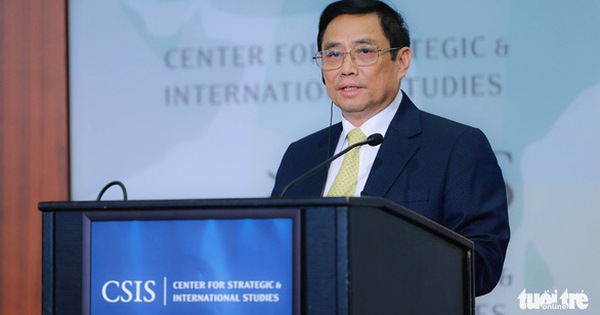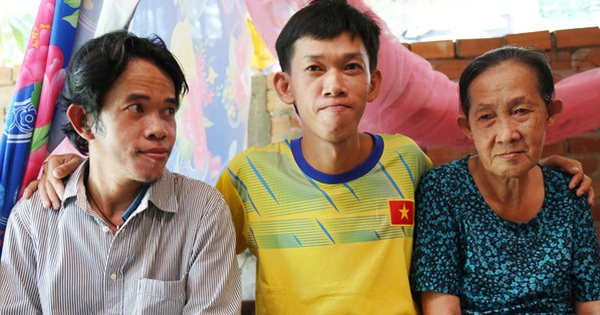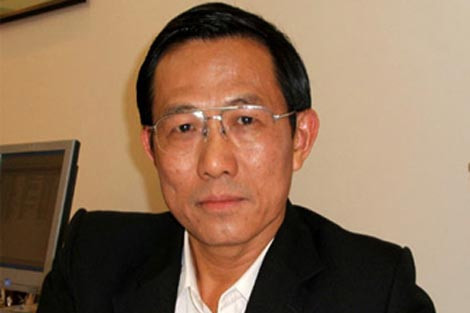Special forces and the war in the dark – Part 7: Death from afar – sniper special forces

The French sniper team participated in the Barkhane operation in northern Mali – Photo: French Army
The identity of the sniper and the time of the incident were kept secret by the Canadian military for safety reasons. Only know that the soldier used a McMillan Tac-50 sniper rifle to fire from a high-rise building. To date, no one has surpassed this deadly sniper record.
The main mission is to gather intelligence
Snipers, also known as long-range snipers, are soldiers who have the ability to shoot with high accuracy at very long distances to neutralize the target. According to the magazine Defense Zone (France), the French military distinguishes between long-range snipers and precision snipers.
The difference is mainly due to the way it works. Accurate shooters are ordinary soldiers belonging to infantry, naval or air force units. Meanwhile, the long-range sniper is in a separate sniper team in the army, navy or air force.
The French infantry has about 900 long-range snipers and precision snipers, including more than 500 long-range snipers. Each infantry regiment has a long-range sniper team. Since 2001, long-range snipers have been included in reconnaissance and support groups.
In the special forces units of the three branches of the French infantry, navy and air force, there are sniper teams. They are deployed for very special missions on the battlefield, often using the 12.7mm PGM Hécate II long-range sniper rifle, capable of hitting individual targets 1,500 meters away and targets such as heavy vehicles. light distance 1,800m.
Long-range snipers do not perform tasks alone, but often operate in two-person teams consisting of a gunner and a target detection soldier or groups of three (additional leader). Target detection soldiers play a very important role, ensuring 70% of success.
Weapons expert Francis Langlois at the Rauul-Dandurand Forum at the University of Québec (Canada) explains: “A target spotter is someone who observes firing conditions with powerful binoculars and provides the information necessary to shoot a target. The shooter calibrates the firing factors and ultimately hits the target regardless of the distance”.
There are soldiers who detect the target to help, long-range snipers will calculate the ballistics by adjusting the aiming factors. Corrections depend on many things like wind speed, wind strength, wind direction, Earth’s curvature, temperature, barometric pressure. Snipers can observe for 36 hours at the same position, so when tired, soldiers can detect targets instead because this soldier often has many years of experience as a sniper.
Long-range snipers in France have been deployed to many conflict zones such as the Sahel in Africa (Operation Barkhane) and the Middle East (Operation Chammal). During a conflict, they may leave the company to operate independently. Their duties can last from a few hours to several days. In fact, sniping to destroy targets only accounts for 10-20% of the job, the main task of the sniper team is to observe, collect intelligence and transfer information to the command.
When on duty, they must first find the ideal shooting position to ensure a wide angle of fire, a wide view of the combat area, not to fall into the enemy’s line of sight, and have to have another position in reserve to be ready to withdraw. back when needed.
To avoid detection, they have to crawl on the ground in camouflage and move as little as possible. They also have to ensure the shooting position so that this person can protect the rest of the group, not “open his back”. It is dark or foggy which is advantageous in operation because it is difficult to detect.
How to choose where to aim depends on the duration of the action. Snipers must calculate their hiding position relative to the sun to avoid glare and prioritize ambushes on high points.

Sniper team camouflaged during intelligence gathering – Photo: Eric Thiebaut
Qualities of a sniper long range sniper
In general, to become a long-range sniper, a soldier must first have a few years as a precision sniper in the regiment and must show that he is among the best shooters. First, the company will detect good shooters to train to become accurate shooters.
This soldier must ensure the necessary qualities such as the ability to adapt to the environment and life in the combat position. Selected applicants must complete an eight-week precision sniper training course.
After that, if they want to become a long-range sniper, soldiers shoot accurately to meet their aspirations for the commander to check. Only the best precision snipers in the regiment are recruited to train as long range snipers.
They must be voluntary, dynamic, have the will to strive, know how to work in a team, know the direction of day and night, and master themselves. The training course includes many levels such as gunner, team leader, team leader.
After passing the test, the training period lasts from 4-8 weeks. Students learn how to shoot accurately, terrain, camouflage techniques, first aid, observation to provide information. Every day they do physical training, carrying about 40kg of equipment and marching from 8-10km.
Weapons expert Francis Langlois commented that to become a long-range sniper, good shooting is not enough, but also needs many other qualities. They must be experienced, have solid knowledge of the terrain, know how to use long-range weapons proficiently, know how to evaluate external parameters, know how to change position after each shot, in addition. They also have to be discreet, patient, calm, have high concentration and have a sense of responsibility.
Long-range snipers must have perfect eyesight and good physical condition because they often have to carry up to 60kg of equipment in very hot or very cold conditions to cross the terrain several tens of kilometers. Snipers operate independently, so need to carry food, drink, sleeping bags, armor, camouflage items, ammunition and multiple guns.
In April 2018, for the first time, the French Ministry of Defense decided to reveal the secret of snipers. They usually carry a handgun and an assault rifle (Famas or HK 416) with a range of 300m. In their bags, in addition to ammunition for multiple calibers (9mm, 5.56mm, 7.62mm and 12.7mm), they also have a sniper rifle (FRF2 or HK 417) to shoot at range. caliber under 1,000m and a PGM 17kg for sniping for long-range targets up to 1,800m.
At the end of March 2022, AFP news agency determined that former Canadian sniper Olivier Lavigne-Ortiz (under the alias Wali, which means “guardian” in Arabic) was not shot by a Russian female sniper. destroyed in Ukraine as many Facebook pages rumored.
Wali himself also denied rumors that Wali is “the best sniper in the world” in an interview with CBC Radio (Canada) on March 22. According to AFP, there is a confusion between Wali with a Canadian soldier who holds the record for deadly sniper shooting at a range of 3,540m in Iraq.
After the death of a special operations captain in a hostage rescue mission, the US military researched bulletproof armor. There are many other studies such as suicide drones, combat helmets, silencers…
Next time: Armor, special forces suicide plane
at Blogtuan.info – Source: tuoitre.vn – Read the original article here



